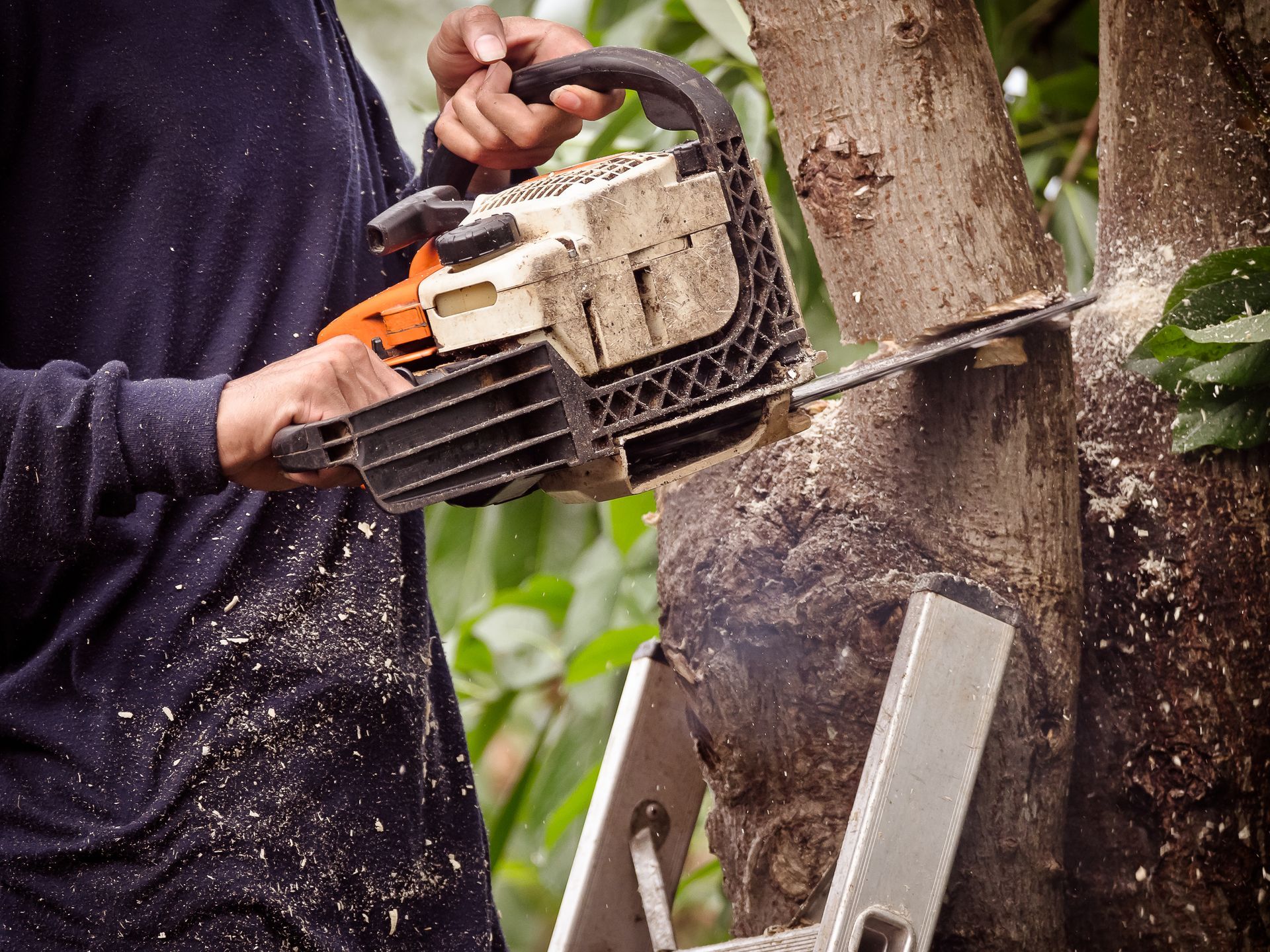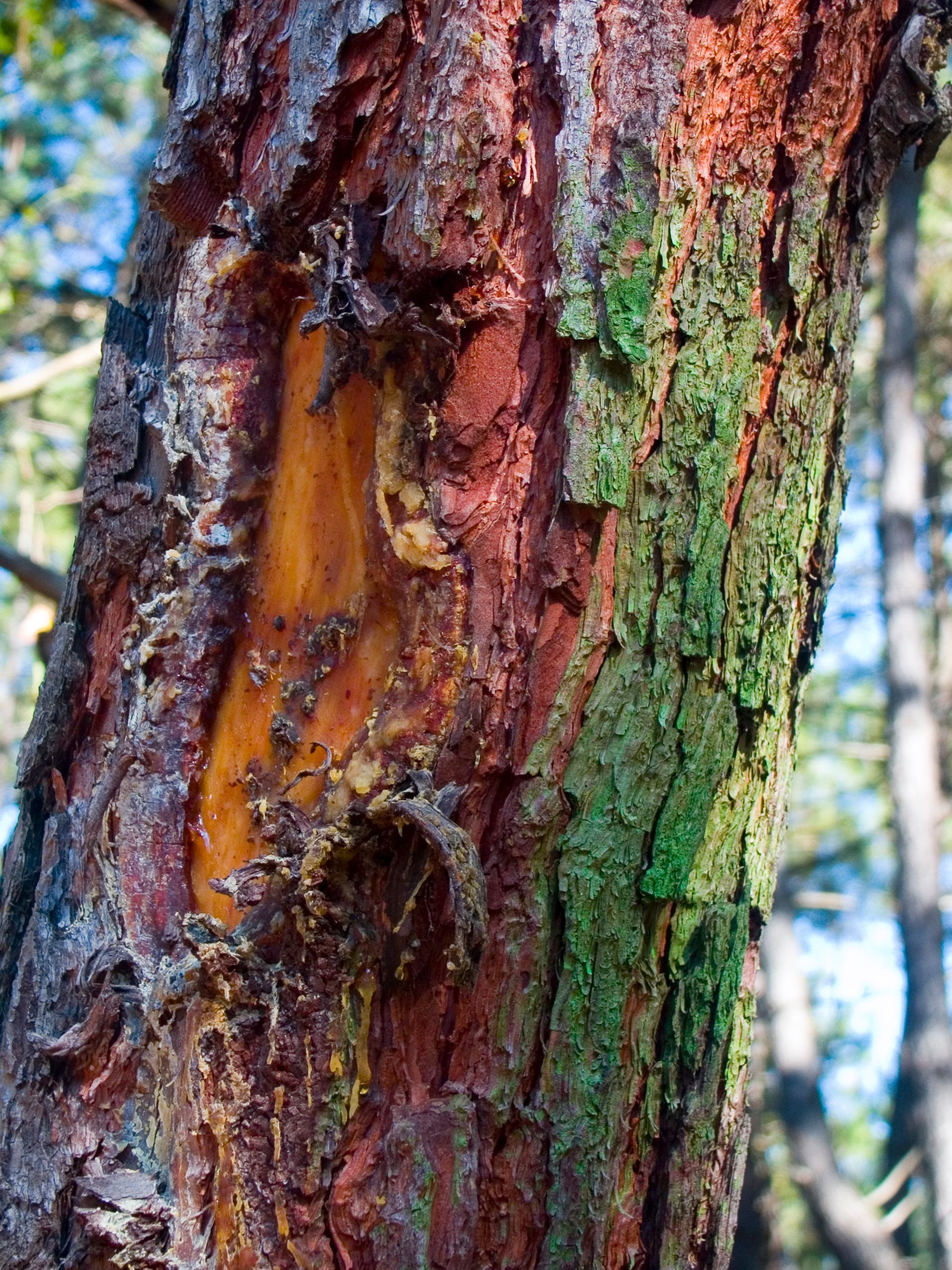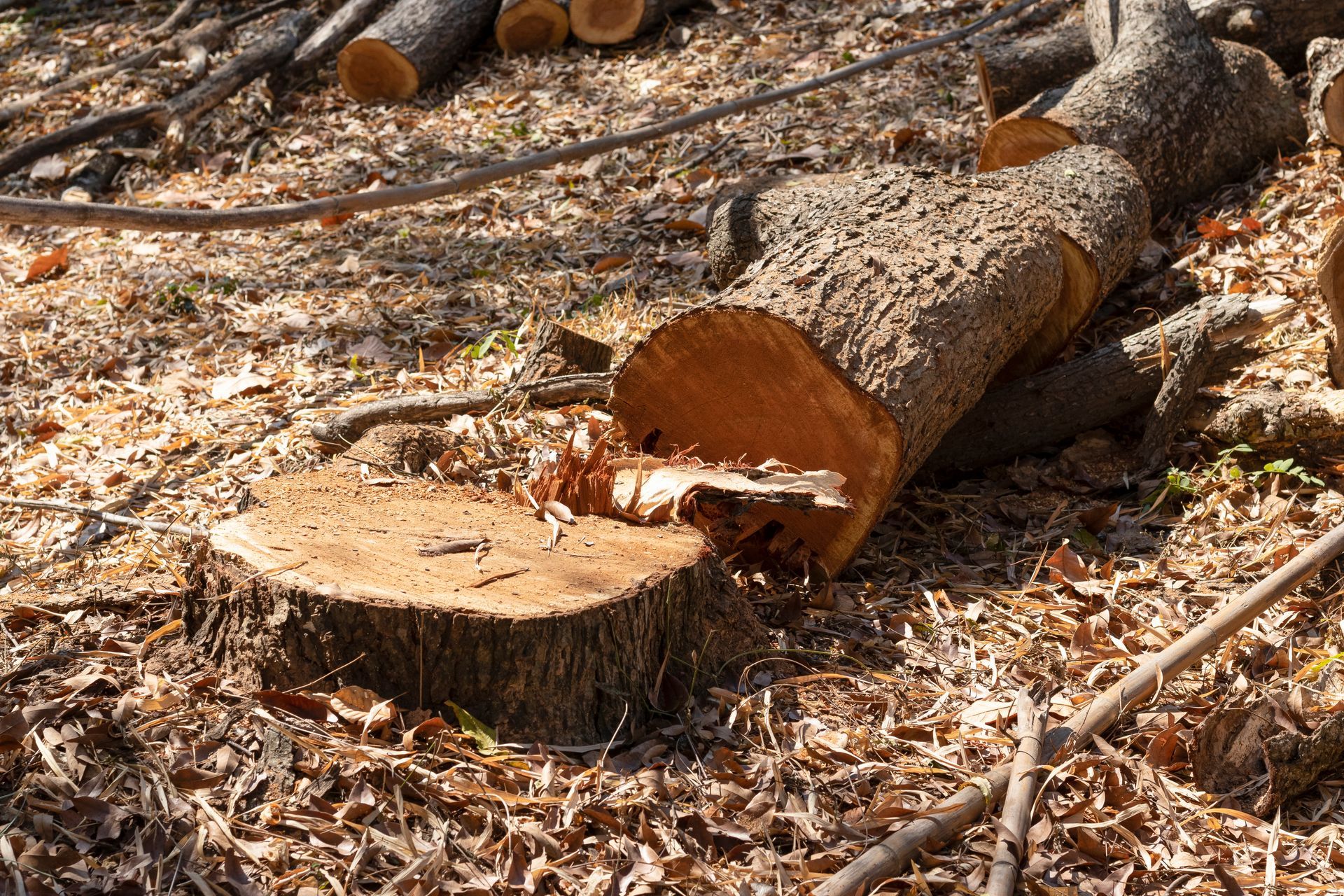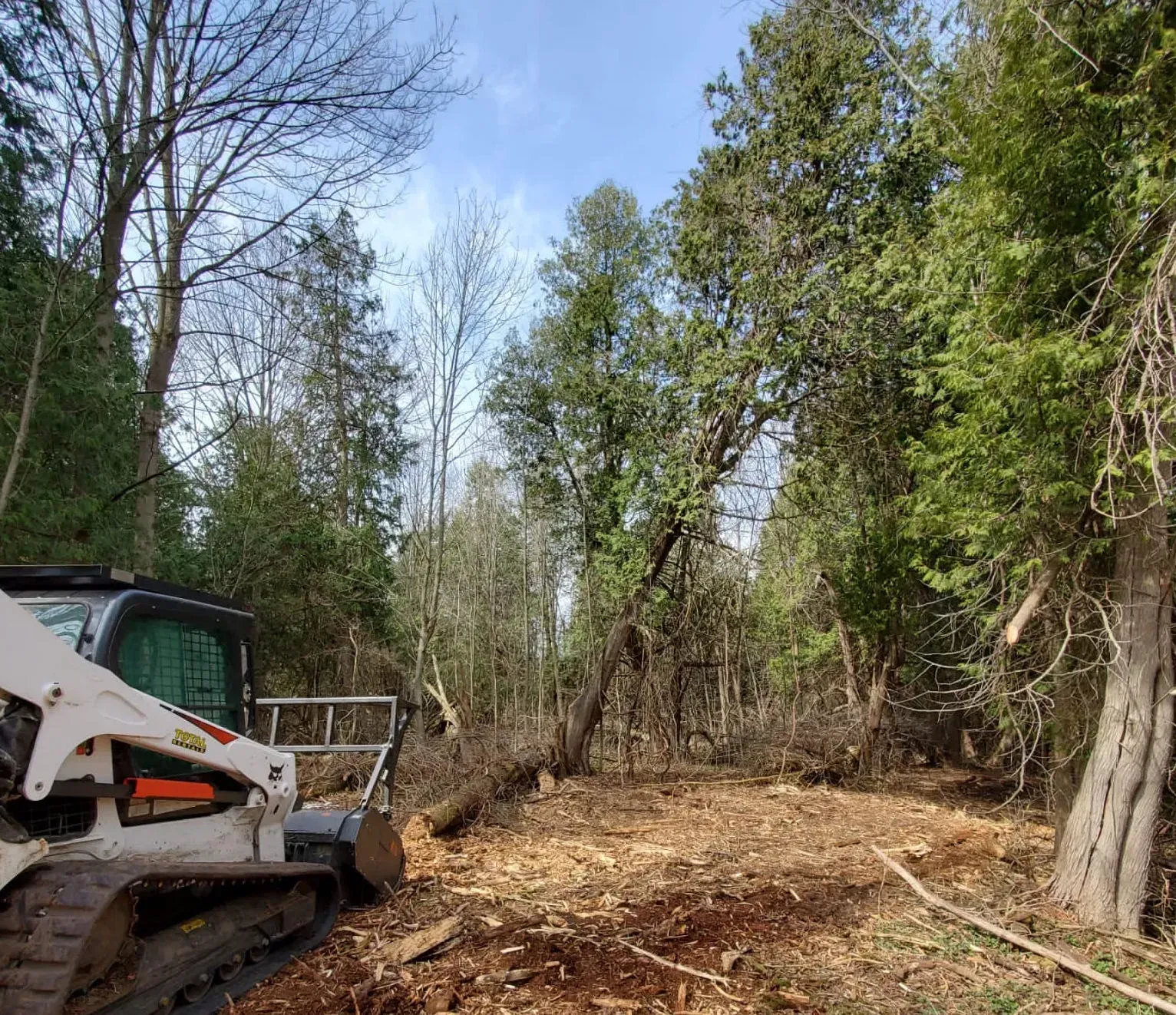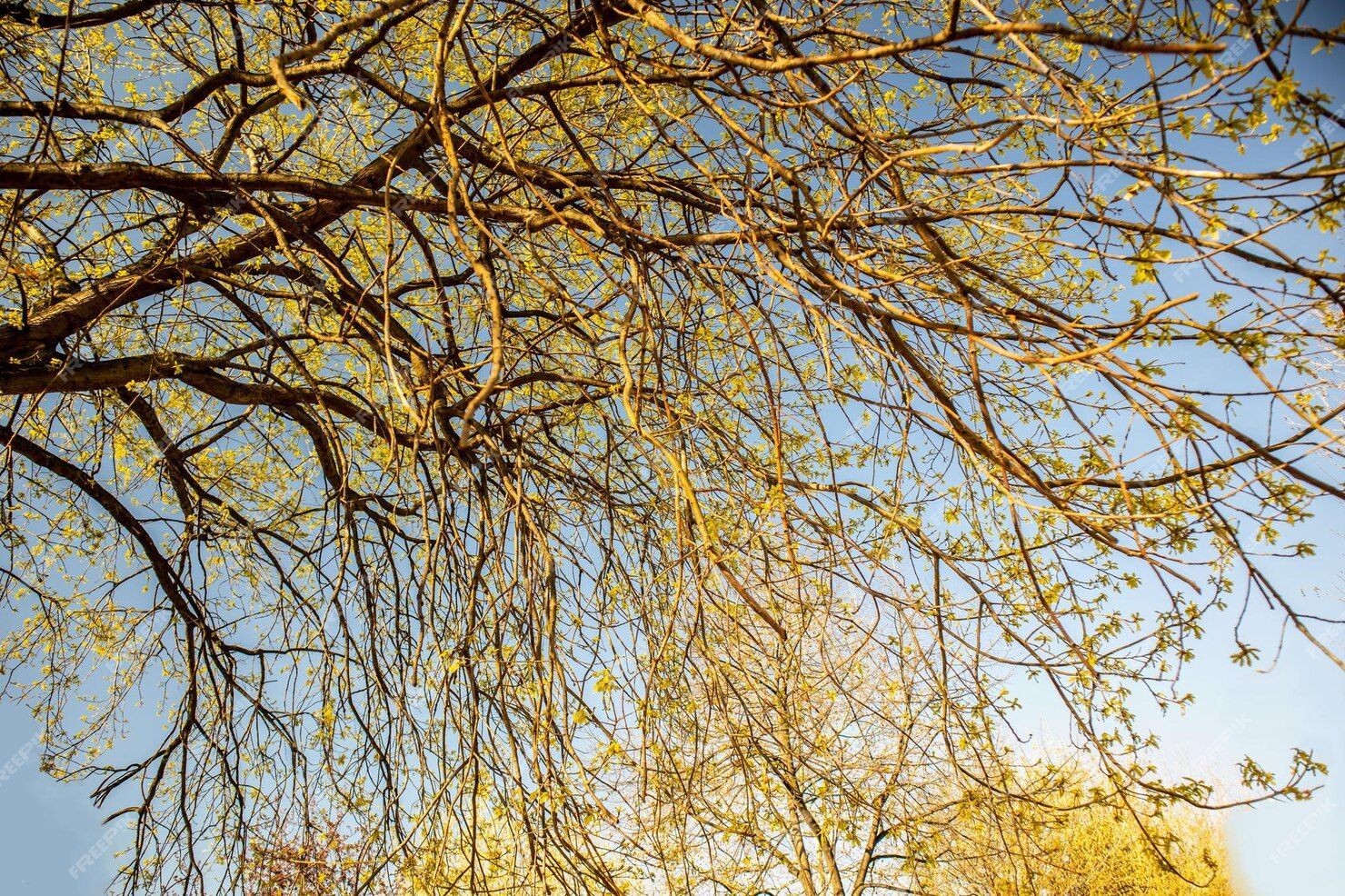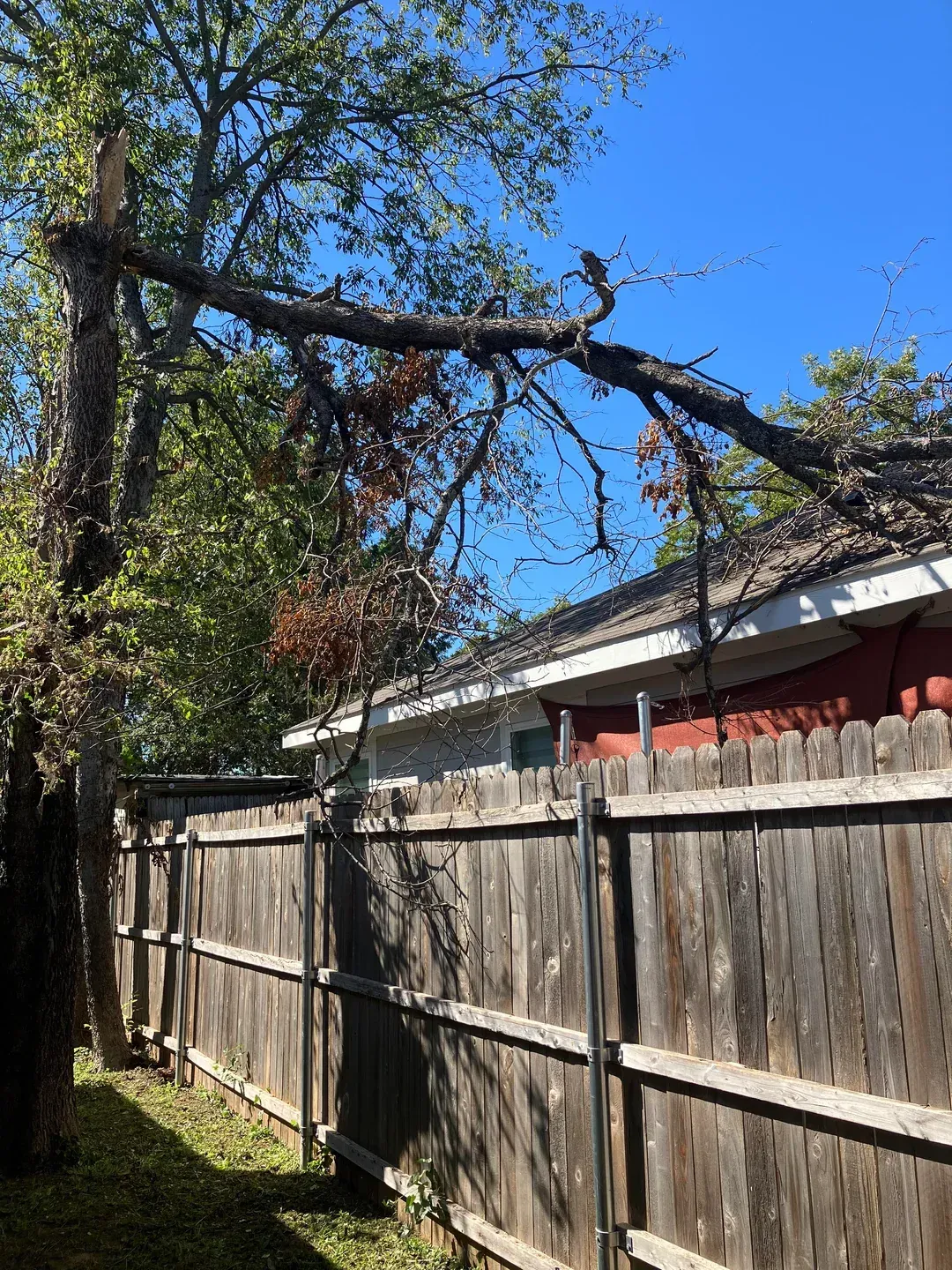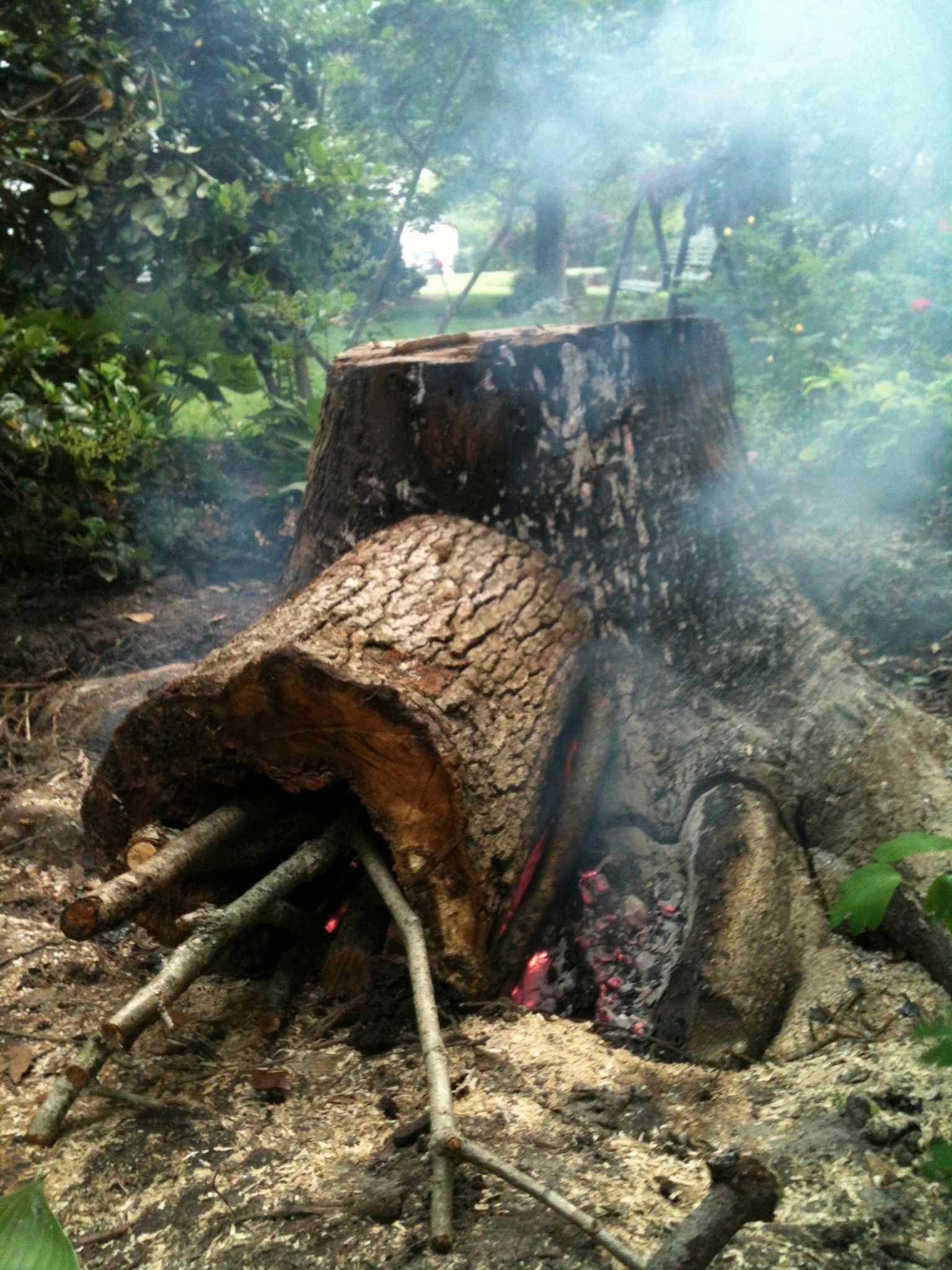When Should You Cut Tree Branches?
A Guide to Thoughtful Tree Pruning
Understanding the perfect timing for trimming tree branches is essential for precise pruning and ensuring the well-being of trees. In this guide, we'll delve into factors like seasonal planning, considerations for different tree species, insights into flowering times, tactics for disease prevention, structural pruning for young trees, addressing dead or diseased branches, avoiding stressful periods, and responding to storm damage.
Strategic Seasonal Planning:
The dormant seasons, typically late fall to early spring, serve as the optimal time for pruning most tree species.
Pruning during dormancy reduces stress and promotes robust regrowth when spring arrives.
Insights for Different Tree Species:
Various tree species respond uniquely to pruning at different times of the year.
Research your tree's specific needs to determine the most suitable pruning season.
Wisdom in Flowering Timing:
For spring-blooming trees like cherry or magnolia, prune right after flowering to facilitate uninterrupted bud setting.
Tactics for Disease Prevention:
Pruning during dry periods helps prevent disease spread, as cuts can dry rapidly.
Avoid pruning in wet or humid conditions to minimize the risk of pathogen entry.
Structural Pruning for Young Trees:
Young trees benefit from structural pruning in their early years to establish a robust and well-balanced framework.
Addressing Dead or Diseased Branches:
Promptly remove dead or diseased branches, regardless of the season, to improve the tree's appearance and prevent disease spread.
Avoiding Stressful Periods:
Refrain from pruning during extreme weather conditions, such as heatwaves or severe cold snaps, to minimize stress on trees.
Storm Damage Response:
After severe storms, promptly address damaged or broken branches to prevent further harm and reduce the risk of disease.
Incorporating these considerations into your pruning routine ensures precision and contributes to the long-term health of your trees. For personalized guidance tailored to your specific tree species and local climate, consult certified arborists. Their expertise can provide insights into optimal pruning practices, helping your trees thrive and remain valuable assets in your landscape.
